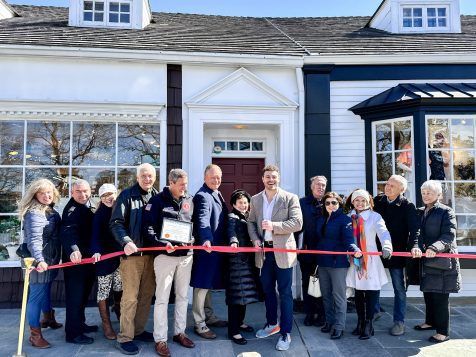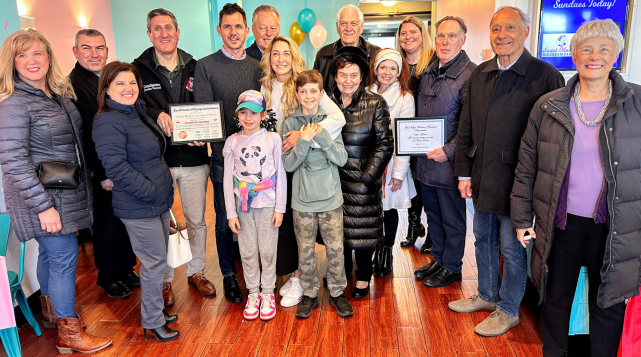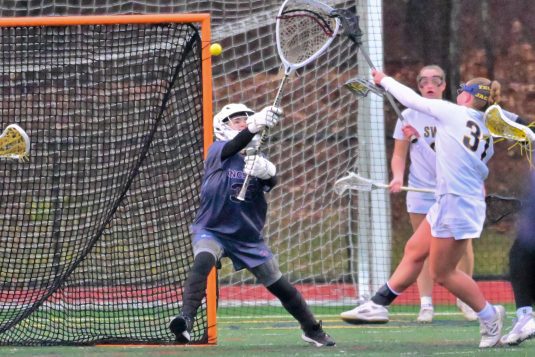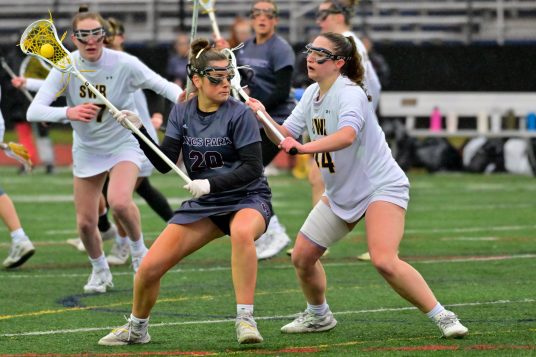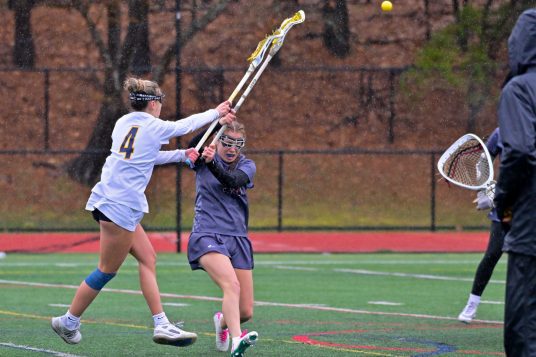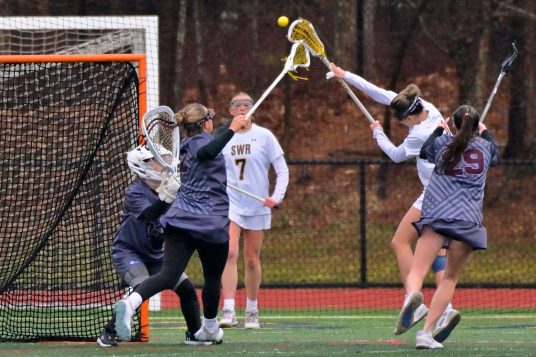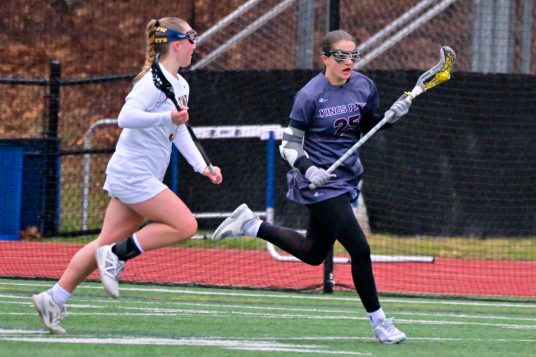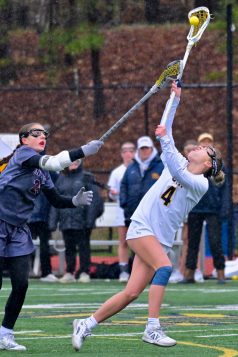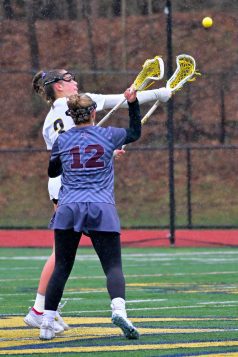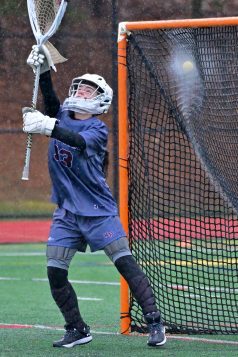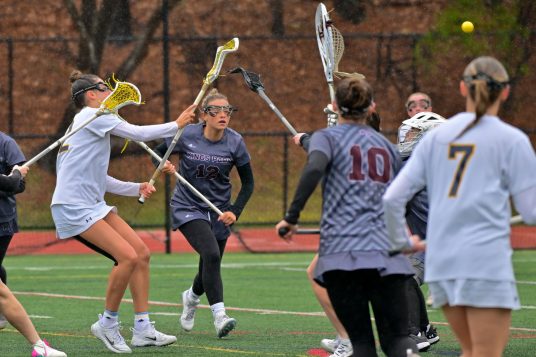The Town of Smithtown Senior Citizen Center will celebrate 35 years of providing nutritious meals to senior residents this Spring. To mark the occasion, Senior Center members, volunteers and staff will commemorate the anniversary with a pre-lunch soiree on April 26 at 11 a.m.. Members who RSVP will enjoy light fare and celebrations prior to sitting down for a nutritional lunch.
Preparations are currently underway as staff members mark the 35th anniversary of providing nutritious meals to local senior citizen residents. The Smithtown Senior Citizen Center will also recognize its caterer; Zan’s Kosher Deli in Lake Grove for dedicating 20 years of service to the program.
“They say nothing brings people together quite like a good meal. That especially rings true for the nutrition programs… For nearly 45 years the senior center has been a gathering place where friendships are forged and our wisest generation can find the support, resources and tools they need to maintain their independence at home longer. None of this would be remotely possible or successful without the magnificent staff and volunteers who treat our members like family. This program is invaluable to our community and I look forward to celebrating the milestone together with our center community in April,” said Smithtown Town Supervisor Edward R. Wehrheim.
Smithtown Senior Citizens Department will acknowledge four and a half decades in operation, fostering a positive environment of friendship, support and independence since the opening of the center. The primary emphasis of the day’s festivities will celebrate 35 years of the nutrition program, promoting vital social interactions to enrich senior residents’ lives, encouraging health and well-being. Recognition will also be paid to a remarkable staff and dedicated volunteers, who ensure the growth and effectiveness of nutrition programming at the center.
“What a pleasure it is to be an integral part of the lives of our extraordinary seniors. Our senior community possesses a wealth of wisdom and life experience, not to mention a sense of humor! I am very proud of the profound impact the programs we offer here at the senior center have had on the lives of our seniors. These wonderful nutrition programs would not exist and be as successful without the outstanding efforts made by invaluable staff, volunteers, and of course, Zan’s! It is a great joy to celebrate these milestones together and take time to reflect on all the good work that’s been done throughout the years. We look forward to many more years of success and continuing to find new and productive ways to service the senior community of Smithtown,” said Doreen Perrino, Program Director, Senior Citizens Department.
Lunch is served Monday through Friday 11:45 a.m. Registration for this program is on a first-come, first-served basis beginning in person at 9:30 a.m.
Another amenity available to center members is the grab and go lunch, which serves approximately 125 seniors. Typically, these residents are either participating in other activities the center offers during lunch or simply stop in with confidence that each meal provided at the Smithtown Senior Citizen Center is carefully selected and consists of one third the current recommended dietary allowance for the 60 plus age group.
Additionally the Smithtown Senior Center is in its 25th year of serving Home Delivered Meals, also referred to as Meals on Wheels. This program currently serves approximately 60 to 70 qualifying senior citizens, some disabled, frail or have little to no support. There are 65 devoted volunteers who deliver meals to these residents person to person, which in addition to serving meals, lends as a comforting and consistent friendly face on a daily basis.
Additional Information About the Nutrition Program: Persons with self-declared incomes at or above 185% of the federal poverty level are encouraged to make a contribution equal to the actual cost of the meal. A suggested meal contribution of $2.25 is recommended. Any contributions made are confidential. Funding for this program is provided by the U.S. Administration for Community Living, the New York State Office for the Aging, Suffolk County Office for the Aging, and the Town of Smithtown. The monthly lunch menu can be found in print at the Senior Center or on the town website athttps://www.smithtownny.gov/
How To Join the Smithtown Senior Center: Smithtown residents, ages 60 years and older can join (no fee is required) by filling out a brief application on-site, along with proof of residency such as a driver’s license. A membership card and welcome packet will be provided, along with a tour of the facility by a Senior Center Club Leader. The welcome packet includes a current calendar of activities, classes, and events, as well as brochures for services and amenities available exclusively for members.
The Eugene Cannataro Senior Citizens Center offers a wide array of activities, clubs and programming geared towards improving quality of life for residents, ages 60 years or older. Every day, the center offers a full schedule of arts, fitness, and wellness programming. Members can choose to join a variety of clubs, from gardening, quilting and book clubs to one of seven social clubs, featuring Casino & Theater outings, luncheons, parties, community advocacy and volunteer opportunities. In addition to a wealth of entertaining programming, the Smithtown Senior Citizens Department offers a variety of at home maintenance and repairs services.
The Senior Center is open Monday – Friday from 8:30 a.m. to 4:00 p.m. (July & August Hours: 8:30 a.m. to 3:30 p.m.) Lunch is served daily. Transportation is also available for members. For questions or additional information, please call (631) 360-7616 or for Transportation: (631) 265-8811.
Eugene Cannataro Senior Center is located at 420 Middle Country Road, Smithtown, NY 11787






